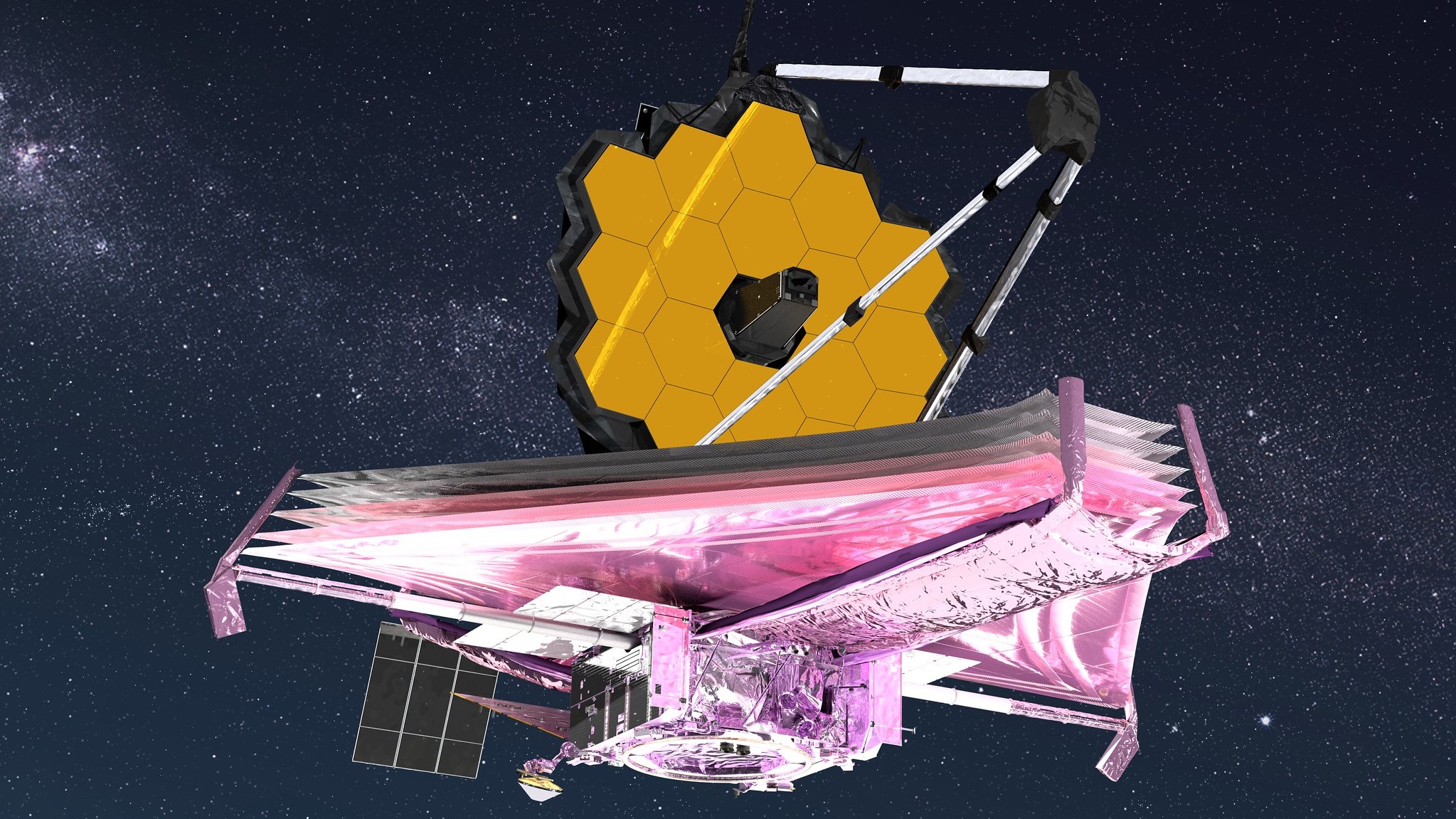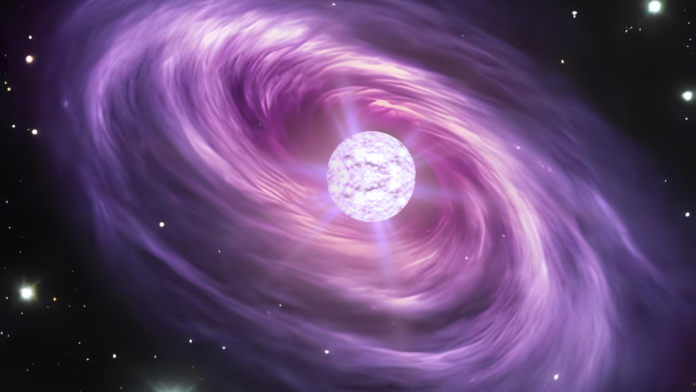“Dark dwarfs” may sound like a new race of Sauron-worshipping Middle-Earth dwellers, but it’s actually a new type of stellar body proposed to exist at the hearts of galaxies.
The prefix “dark” here doesn’t refer to the Dark Lord, but rather to dark matter, the mysterious stuff that accounts for 85% of the matter in the universe. This form of matter remains effectively invisible because it doesn’t interact with light, but it does interact with gravity.
New research suggests that brown dwarfs, also known “failed stars,” could act as gravitational traps for dark matter, forcing the exotic stuff to interact with itself. This releases energy, heating these failed stars, and turning them from brown dwarfs to dark dwarfs. And the more dark matter that dark dwarfs accumulate, the more energy these darkside stars would radiate.
If this idea is correct, and dark dwarfs do dwell at the heart of the Milky Way and other galaxies, where dark matter is most abundant, then it gives scientists a strong hint about what hypothetical undiscovered particles must make up this mysterious form of matter.
That’s because only certain dark matter particles interact with each other and “self-annihilate,” releasing energy. Arguably, the most favored example of such self-interacting particles are Weakly Interacting Massive Particles (WIMPs).
“Dark matter interacts gravitationally, so it could be captured by stars and accumulate inside them,” team member Jeremy Sakstein of the University of Hawai‘i said in a statement. ” If that happens, it might also interact with itself and annihilate, releasing energy that heats the star.”
Brown dwarfs turn to the dark side
Brown dwarfs get the unfortunate nickname “failed stars” because, despite forming just like stars from a cloud of collapsing gas and dust, they fail to gather enough mass to trigger the fusion of hydrogen to helium in their cores.
This process powers main sequence stars like the sun. Brown dwarfs faintly glow because some nuclear fusion occurs within them and because they contract under their own gravity. But when they are located at the heart of galaxies, these failed stars may find an alternative power source.
“Dark dwarfs are very low mass objects, about 8% of the sun’s mass,” Sakstein explained. “These objects collect the dark matter that helps them become a dark dwarf.”
Dark matter interacts gravitationally but doesn’t interact with other matter, meaning it can sink to the hearts of galaxies without too much opposition. That means the centers of galaxies are abundant with dark matter and are thus the most likely place to find dark dwarfs.
“The more dark matter you have around, the more you can capture,” Sakstein said. “And, the more dark matter ends up inside the star, the more energy will be produced through its annihilation.”
Dark matter can only power dark dwarfs if it interacts with itself. Even if these interactions are rare or “weak” (which would explain why we’ve not detected them yet), where dark matter is gravitationally crammed together, like at the heart of a brown dwarf, they could become frequent.
So the existence of dark dwarfs may eliminate non-interacting candidate particles for dark matter, as well as particles that are too light. That includes perhaps the leading dark matter candidate at the moment, axions.
“For dark dwarfs to exist, dark matter has to be made of WIMPs, or any heavy particle that interacts with itself so strongly to produce visible matter,” Sakstein said.

Of course, this would all be idle speculation if the team couldn’t suggest a way to detect dark dwarfs and distinguish them from non-dark matter-powered brown dwarfs or ordinary stars.
The researchers suggest a particular chemical marker that could be a dead giveaway of dark dwarfs — the isotope lithium-7, which burns easily and is therefore quickly consumed by ordinary stars.
“There were a few markers, but we suggested the lithium-7 because it would really be a unique effect,” Sakstein said. “So if you were able to find an object which looked like a dark dwarf, you could look for the presence of this lithium because it wouldn’t be there if it were a brown dwarf or a similar object.”
The team thinks that powerful telescopes like NASA’s James Webb Space Telescope (JWST) could already be capable of detecting cool and dim dark dwarfs.
“The other thing you could do is to look at a whole population of objects and ask, in a statistical manner, if it is better described by having a sub-population of dark dwarfs or not,” Sakstein said.
Should a dark dwarf be detected at the heart of the Milky Way, Sakstein argues this would be “reasonably strong” evidence of WIMPS as dark matter particles.
“With light dark matter candidates, something like an axion, I don’t think you’d be able to get something like a dark dwarf. They don’t accumulate inside stars,” the researcher said. “If we manage to find a dark dwarf, it would provide compelling evidence that dark matter is heavy, and interacts strongly with itself, but only weakly with the Standard Model [“ordinary” matter]. This includes classes of WIMPs, but it would include some other, more exotic models as well.
“Observing a dark dwarf wouldn’t conclusively tell us that dark matter is a WIMP, but it would mean that it is either a WIMP or something that, for all intents and purposes, behaves like a WIMP.”
The team’s research was published in the Journal of Cosmology and Astroparticle Physics (JCAP).


